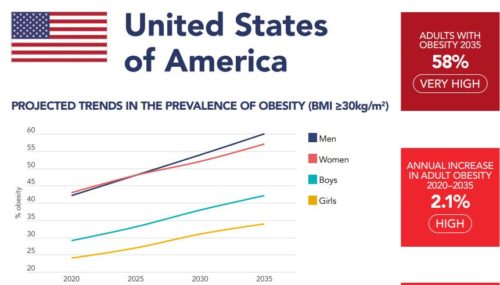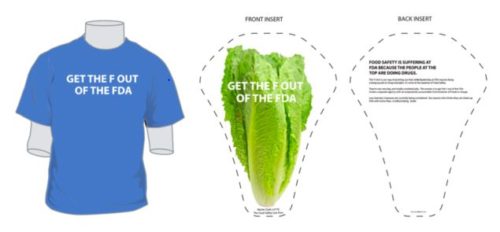Weekend reading: IPES Food
If you aren’t familiar with IPES Food, here is your chance.
IPES-Food – the International Panel of Experts on Sustainable Food Systems – is a diverse and independent panel of experts guided by new ways of thinking about research, sustainability, and food systems. Since 2015, IPES-Food has uniquely shaped the debate on global food systems reform, through policy-oriented research and direct engagement with policy processes.
The IPES Food panel is an impressive bunch, starting with its co-chairs, Olivier De Schutter, currently UN Special Rapporteur on extreme poverty and human rights, and Maryam Rahmanian, independent expert on agriculture and food.
Their two most recent reports:
I. Smoke & Mirrors: Examining competing framings of food system sustainability
This comes with a background report: Agroecology, Regenerative Agriculture, and Nature-Based Solutions: Competing framings of food system sustainability in global policy and funding spaces.
Together, these cover those key terms, their emergence and evolution, and the ways they are used in global policy and funding.
The report favors use of Agroecology:
Agroecology, and in some uses regenerative agriculture, offer a more inclusive and comprehensive pathway toward food system transformation because they connect social
and environmental aspects of sustainability, address the whole food system, is attentive to power inequalities, and draws from a plurality of knowledges emphasizing the inclusion of marginalized voices.
Unsustainable food systems, this says, are major drivers of “the debt crisis. Import dependencies, extractive financial flows, boom-bust commodity cycles,” leaving countries exposed to shocks and unable to invest in climate-resilient food production and food security.
The IPES panel calls for:
- Debt relief and development finance
- Reparation of historical food system injustices and the return of resources to the Global South.
- Putting the interests of the world’s poorest countries and marginalized populations first.
The documents
- The special report
- The press release
- A one page summary for policymakers
IPES Food deals with Big Picture issues. What they say is worth attention.





